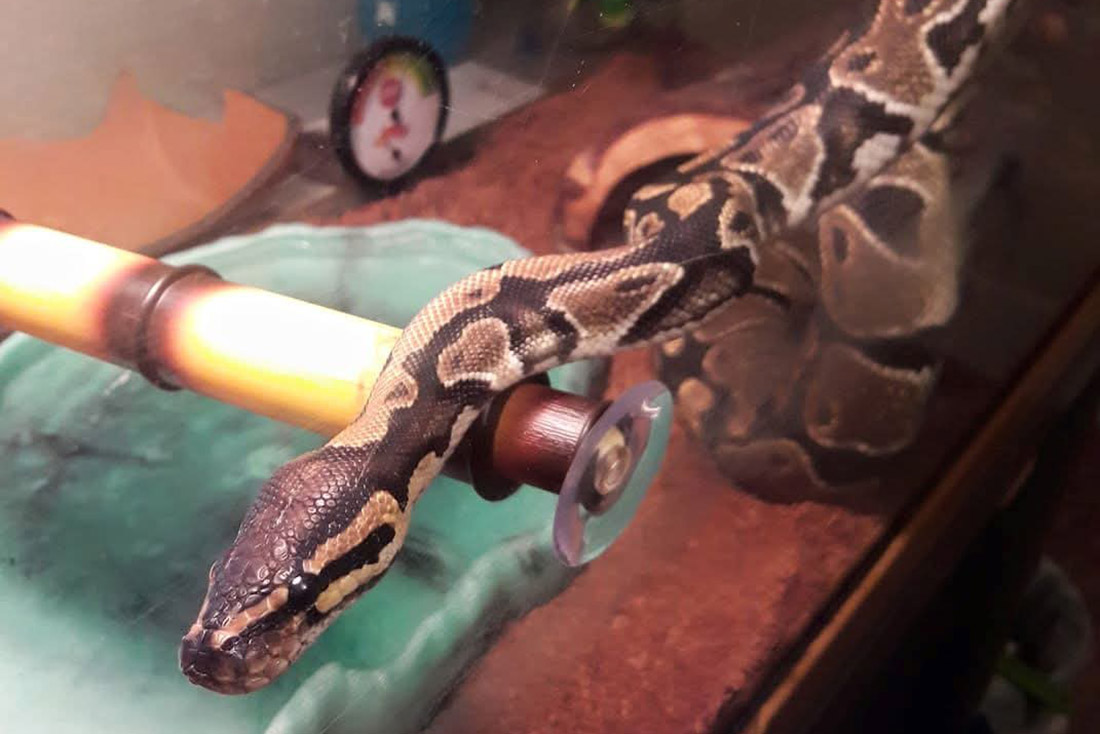Elephant zombies? Octopi from outer space? This Halloween, read about some terrifyingly cool creatures—oh, and a spooky fact about humans, too.
Zombie elephants—they walk among us. To be more specific, modern elephants carry a “zombie” gene that evolved from a millennia-old mutation occurring in their ancestors. That very special gene protects these mammals from cancerous diseases by isolating and killing cancer cells before they can spread. From an evolutionary perspective, this ability also explains the species’ growth to such an enormous size, and their long lifespans, despite that size. The gene in question became dormant ages ago, before it was mysteriously resurrected to kick cancer’s butt, benefiting the elephant populations of today.
Xenomorphs—but scary smart, and they probably won’t kill you. It’s no wonder the original design for the terrifying “face hugger” in the Alien movie franchise was based on the octopus. According to scientists, the octopus is the closest thing there is to alien life on Earth, thanks to a large genome, which is sequenced in such a way that cephalopods can sport a distinctively unusual neurophysiology and still be able to accomplish difficult tasks, like puzzle solving.
The platypus—a Frankenstein’s monster of a species. It lays eggs, but it’s a mammal. Skin covers its eyes. It’s got a reptile skeleton. It hunts its prey at night with the aid of a sixth-sense in its bill that reads electric fields. It lost its stomach somewhere along the line. To sum up: it’s hard to believe the duck-billed platypus exists, and that it wasn’t conceived in some evolutionary biologist’s fever dream, but here we are. And just for kicks, the male platypus developed the fun ability to sting attackers and prey with its venomous, spurred hindfeet.
The Blob … is real? Meet Physarum polycephalum—a single-cell slimeball that is neither plant, nor animal, nor fungi. It has almost 720 sexes, can make complex decisions and has long-term memory. According to a story published by NPR this month about the unveiling of a new blob at the Paris Zoo, “its enemies include light, drought, salt and caffeine.” It enjoys oats, will absorb another blob, including that blob’s memories, and if cut in half, will regrow within minutes to its original blobby size.
Bad news—technically, the Body Snatchers already invaded. Guess what? The human body is creepy too! Turns out our genes might be overrun with more than 100 genes from other organisms that transferred into our genome from single cell creatures, bacteria and viruses during our species’ evolution. It’s called “horizontal gene transfer”—and while this doesn’t mean anyone’s about to metamorphose into a human-fly hybrid (as far as we know), it does mean our genes might be more connected and influenced by organisms very different from us than previously thought.
Are you inspired by these bizarre animals facts? As you celebrate the spookiest day of the year, remember small decisions you make, such as what candy you buy, or whether you use recycled materials to construct your epic costume, can impact animals. And stay safe! You never know what mutant mammal or blobby single-cell organism might be out there, lurking …(*cue spooky music*)









